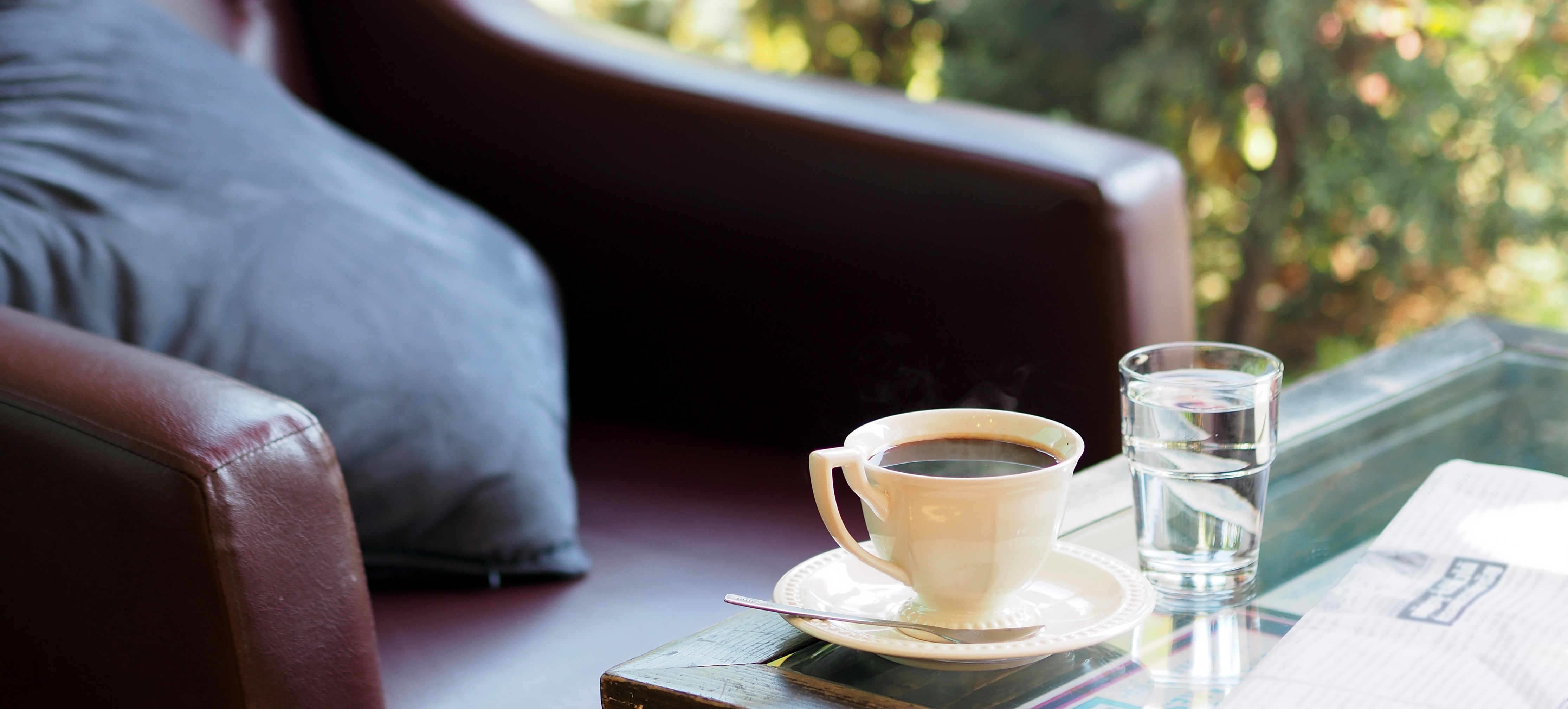About this time last year, I begin working on a new discipline – meditation. When most people think about meditation a bunch of weird, new age images pop into their heads. At least, it did for me. But, the more I read about the habits of highly successful people it seemed to be one of the very few common denominators.
Truth is there are many different types of meditation. Some of them are a bit weird. What I really wanted to do was find a way to empty my head of all the competing ideas, voices and pressures and improve my ability to relax and focus on what’s important. After doing some research, I put together a mediation plan that would fit my goals.
What I do
The first step in beginning a habit of meditation is to get somewhere quiet. A quiet space doesn’t exist in our house in the morning. So I end up doing most of my meditation when I get to my office in the morning. I have blocked off the first hour of my day to go through my daily routine (meditation, prayer, reading, writing, and planning).
I close my door and find a comfortable chair to sit in. You could sit on the floor or lay down I guess, but I’m too old for that ?. Many apps are out there to help guide the process. The one that I have found most helpful is called Oak. It provides a simple timer and sounds that can play at various intervals. (It even has a few guided meditations which I found helpful at first).
My primary focus during meditation is on my breathing. I begin by taking 4 deep breaths in through my nose and exhaling through my mouth. I use those breaths to visual my worries, fears, and stress being pushed out from my body. After those first breaths, I fall into my regular breathing pattern but continue to keep my attention focused on the air entering my lungs and leaving my body.
Sounds pretty simple, right? It is simple but it isn’t that easy…
What Happens When I Get Distracted?
I don’t chant. I don’t hum. I don’t picture myself escaping my body to other worlds. I sit and I breathe. And as simple as that sounds it is harder than you might think.
Almost immediately your brain will be inundated with the most random thoughts. You will begin to replay recent conversations. You will think about things and people you haven’t thought about in years. Some things will be insignificant. Others will feel weighty and important. The point is you will become very distracted.
Most people who have experienced this flood of thoughts during meditation view it as evidence of their failure – a weakness, an inability to focus. I see this as proof of success.
The whole point of meditation is improving your ability to notice. Notice how your body feels, notice your emotions, notice the important things that have been suppressed by the tyranny of the urgent. When you get still and get quiet you create the space for these things to come rushing back in.
This avalanche is normal, but it needs to be managed. So when my focus gets interrupted by an uninvited thought I notice and acknowledge it. And with the next breath, I exhale it out of my mind and return my attention to my breathing. (Side note: if it is something really important, I might make a quick note to follow up on later.)
A Few Meditation Lessons Learned
If you are interested in building a habit of meditation the most important thing is to give it a try. It will feel a little weird and uncomfortable at first. That’s ok, it is how you know you are doing it right. Practicing silence and solitude are very non-Western ideas. Most of us didn’t grow up doing things like this. Here are a few other lessons I have learned over the last year.
Be still if you can, instead of moving. I know several people who meditate while walking. I have tried to do this too. But, for some reason, I find walking more conducive to praying instead of being silent and trying to notice. That could be because I am carrying a few extra pounds and end up breathing too hard ??. Being still helps me quiet both my body and my mind.
Silence is best, white noise/nature sounds are ok, but I would avoid using music. Too distracting, inevitably I end up singing or humming in my head. If my office is busy and I can hear other voices I will use the built-in sounds from the Oak app to drown out the conversations I can hear near me.
Speaking of silence, turn off the notification on your phone. Nothing breaks your concentration quicker than the ding of a text message. There is almost nothing that can’t wait 10 minutes, and you can set the “Do Not Disturb” settings to allow phone calls from favorites in the event of an actual emergency.
Start small and track your progress. Any amount of time you spend on meditation counts. One minute, five minutes, ten? It is all beneficial. Right now, I spend about ten minutes in silent meditation in the morning. After that ten minutes, I move into a regular prayer time where I speak to God. I started with two minutes and worked my way up. As I mentioned, I also track my progress using apps for my iPhone and Apple Watch. Right now I like the Oak app for meditation and the PrayerMate app for my regular prayer times. The Oak app has this neat feature that causes an oak tree to grow the more you use the app. Throughout the day I will also use the Breathe app on my Apple Watch to spend a minute or two in focused breathing.
That’s it. That’s what I do. And, I feel like it has been helpful for me. On the days that I am able to spend time in meditation I feel like I am in better control of my emotions and more disciplined in other aspects of my life.
If these changes seem like they would be beneficial, give meditation a try and let me know how it goes for you.





